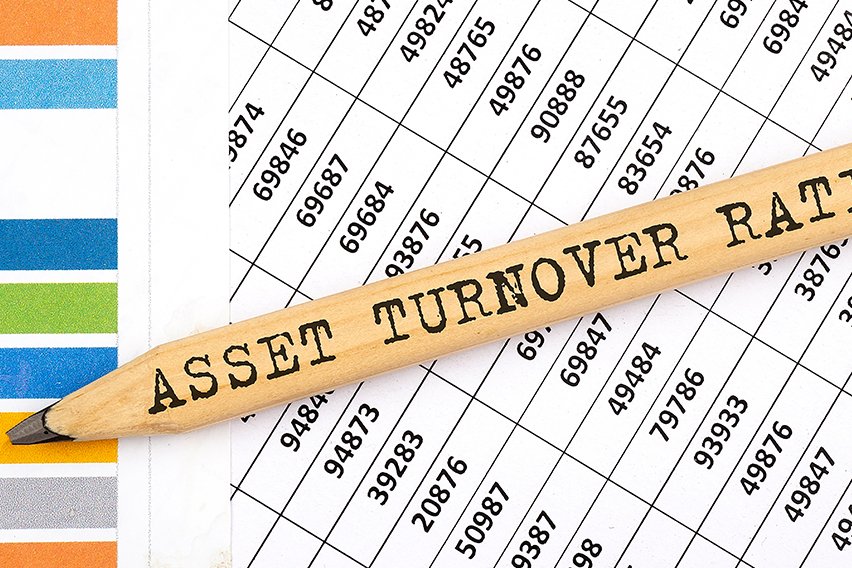Understanding Team Dynamics & Its Importance

Companies that understand team dynamics often stand out from the competition. They are also usually more successful. But what is it about understanding team dynamics that make these companies rise above the rest?
Find out the answer to that question and more in today’s guide to team dynamics. By investing resources into collaboration and teamwork, you can expect increased productivity.
Here’s What We’ll Cover:
Team Dynamics: What Is It?
Team dynamics is a concept that incorporates your employees and vital factors that relate to them. For example, every team has its strengths and weaknesses. As a leader, it’s your job to focus on how you can get the most from your teams. You also need to help them work amongst each other as a collective unit.
Why? Because it’s no secret that high-performing teams with good chemistry produce better results. As such, you want to support your teams’ strengths and help them become the best they can be. There’s no question that each member of the team has abilities that are important. But focusing on the team dynamic will ensure optimal results.

Kurt Lewin and Team Dynamics
German-American social psychologist Kurt Lewin originally introduced the idea of group dynamics. And while there are some differences between group and team dynamics, the terms are used interchangeably today.
The leaders in your business should understand team dynamics. In doing so, they can encourage and help produce positive results. Moreover, there are components of team dynamics that play vital roles in your performance. When your team leaders understand these components, they can produce results far more effectively.
Let’s take a moment to look over the critical components of positive team dynamics. Use this information as a checklist for your leaders. If they lack in a particular area, the data below will tell them as much, and they can shift their focus where it’s needed most.
Effective Leadership
There’s little doubt that an effective leader produces better results. Your team members are going to respond better to a leader they trust and respect. Could weak leadership be hindering your team performance relationships?
Perhaps you or another leader are controlling and don’t promote an environment of cooperation. There’s certainly a time to be direct and clear. But you also want your employees to know that you trust them. With trust comes better output. So strive to eliminate micro-management and let your team showcase their abilities.
Open Communication
One of the biggest roadblocks in businesses is a lack of communication skills. Companies that excel in their industries and are successful have clear, open communication. An effective leader will establish a team dynamic of open and honest communication and active listening.
This results in constructive criticism that helps build the team up rather than tear it down. And as a result, trust will flourish, as will productivity.
Rapport
Relationships can only grow when there is trust and respect. You get these things when you have an effective leader and open communication. When your leaders and teams have interpersonal relationships built on trust, there’s no telling how far they can go.
With this, you will see innovative problem-solving, creativity, and a steady rate of production. All of these are essential to positive team dynamics.

Clear Roles
When all of the above points come together, you will have a team that knows precisely what it’s supposed to do to get the best results. A team that doesn’t know what to do or where to turn will feel lost. This results in chaos and tension in the workplace.
Clear team communication is necessary to ensure that each individual team member knows their role. As such, everyone needs to have access to your company’s objectives and what’s expected.
Your business leaders can ensure this by holding meetings and sharing your project vision. When everyone is on the same page, team dynamics thrive and produce optimal results.
Key Takeaways
It’s important to take the time to involve every member of your team. An effective team leader will hold meetings that give everyone a chance to provide input. This is a perfect example of team dynamics in action.
You can expect exceptional results from teams that respect one another and share the same vision for success. And bringing all of this together is an effective team leader. As you can see, positive team dynamics have a cyclical effect that employs all of the points discussed above.
For more insights into running a successful small business, be sure to explore our Resource Hub. There, you will find a wide range of business-related topics, such as applying for grants, starting a business, and more.
RELATED ARTICLES

 What Are Trade Creditors?
What Are Trade Creditors? What Is a BSB Number & How to Get One?
What Is a BSB Number & How to Get One? What Is a Swift Code & How Does It Work?
What Is a Swift Code & How Does It Work? How to Calculate Asset Turnover Ratio? Formula & Example
How to Calculate Asset Turnover Ratio? Formula & Example What Are Franking Credits & How Do They Work?
What Are Franking Credits & How Do They Work? Marginal Cost: Definition, Formula & Examples
Marginal Cost: Definition, Formula & Examples